Latest forecasts from New Zealand Institute of Economic Research anticipate a period of subdued economic growth over the next few years. The annual average GDP growth is expected to decline to 0.4% in the fiscal year ending March 2024, followed by modest growth of 1.1% in 2025.
This sluggish pace is partly attributable to the ripple effect of consecutive hikes in RBNZ’s OCR, currently standing at 5.50%, which have started to curb demand in the broader economy. Moreover, diminishing demand for exports, spurred mainly by China’s weaker growth outlook, poses downside risk to the nation’s economic vitality.
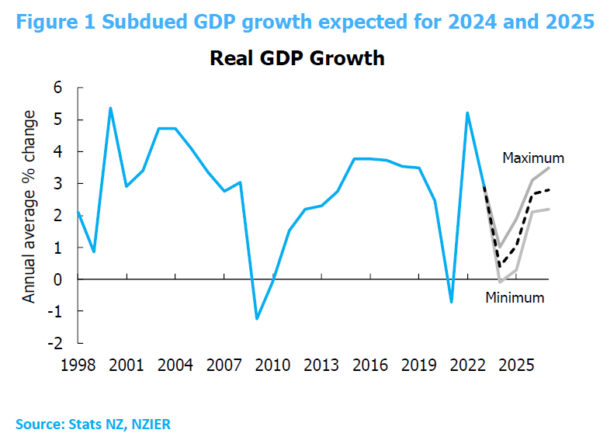
Shifting focus to inflation sphere, there has been a notable upward revision for the projections as of March 2024, with annual CPI inflation predicted to retreat to 4.3% in 2024, and further dip to 2.4% in the subsequent year.
As for currency outlook, NZD Trade Weighted Index forecasts have undergone revisions, showing a downturn for the approaching year but portraying an uplift in 2025.
NZD has not encountered significant fluctuations against other currencies in recent times in terms of yield attractiveness. This steadiness, however, is anticipated to meet challenges due to reduced export demand from China.
The forecast encapsulates expectation of NZD TWI oscillating between 70.8 and 71.6 in the period spanning 2024 to 2027.
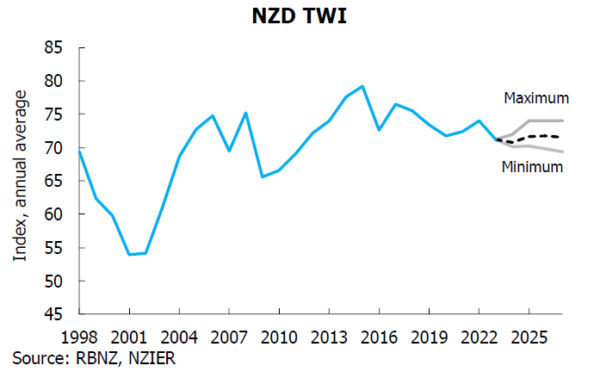
Full NZIER consensus forecasts here.




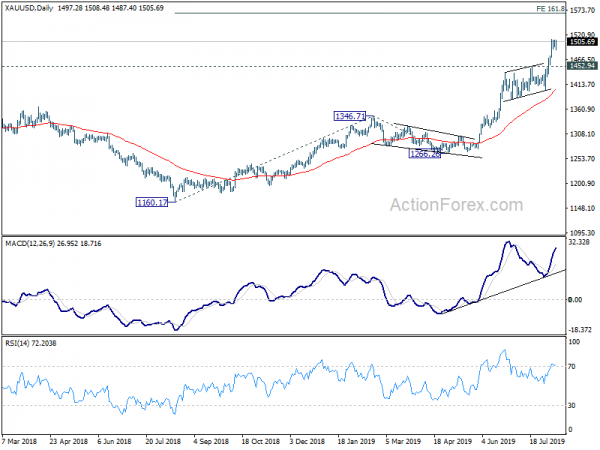
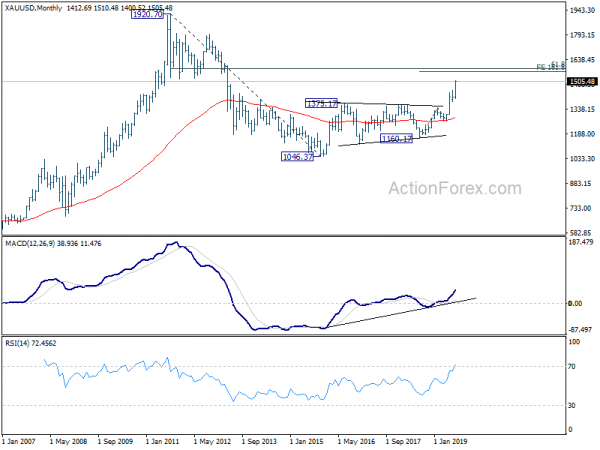
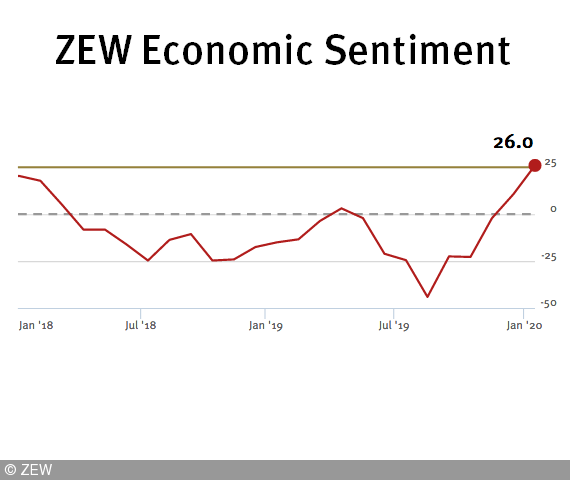
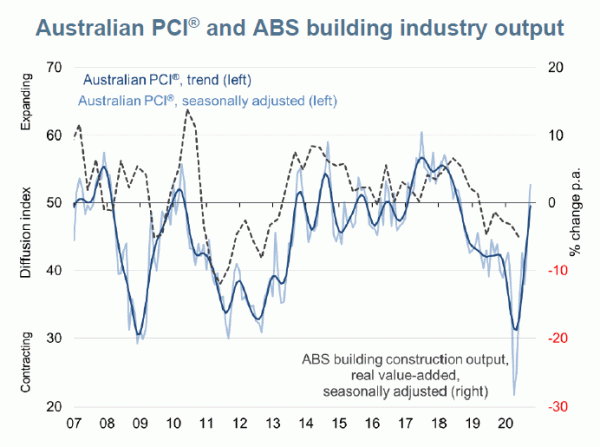
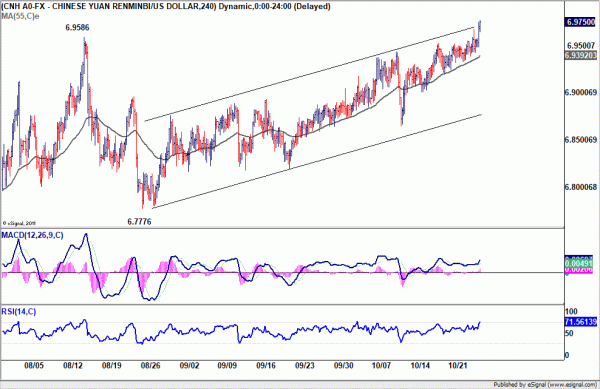
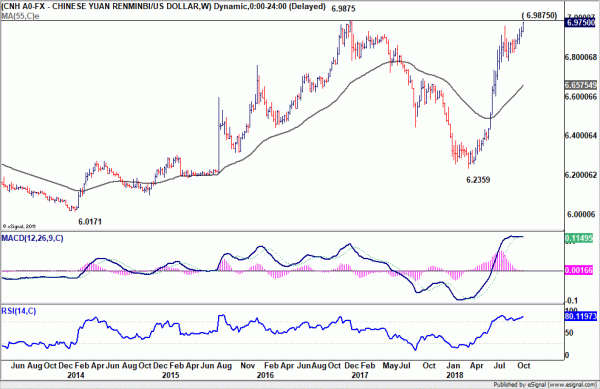
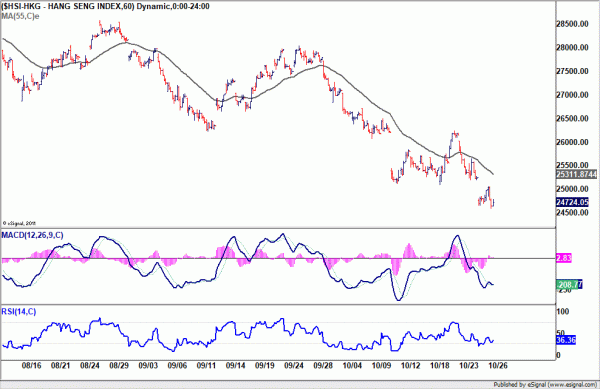
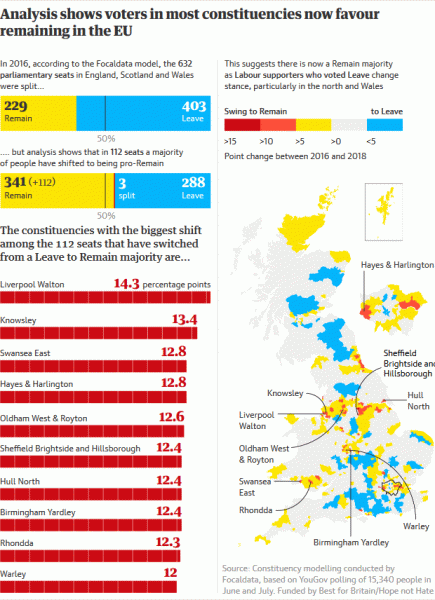
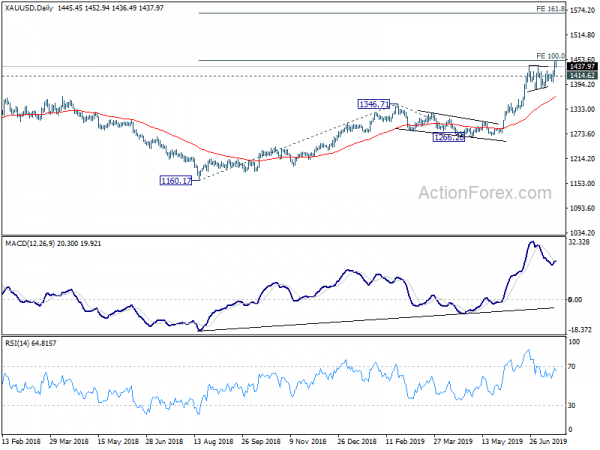
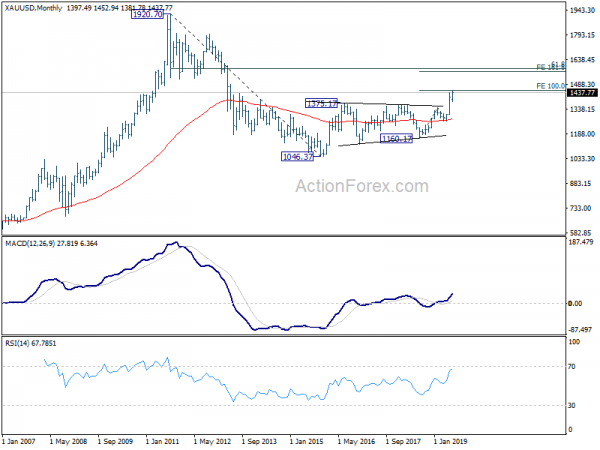
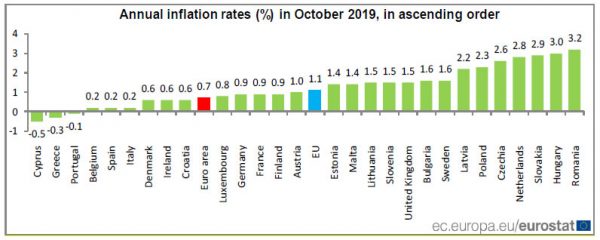
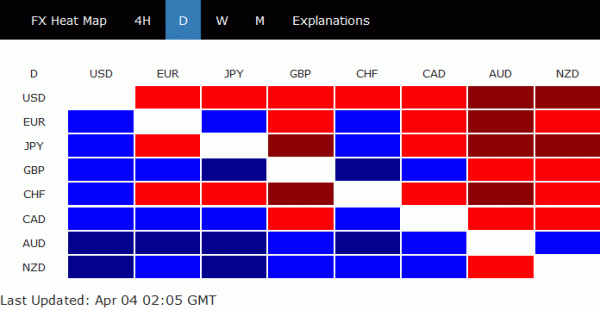
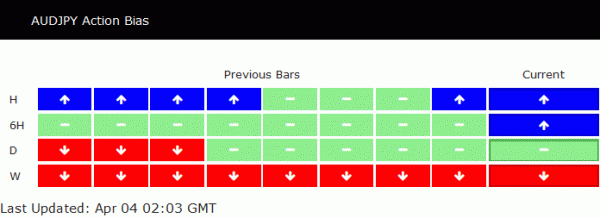
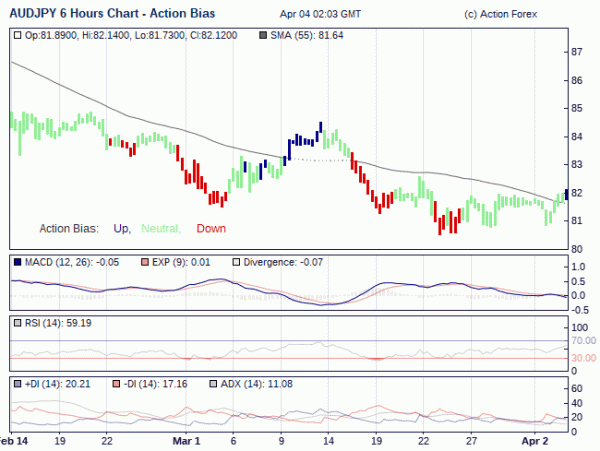
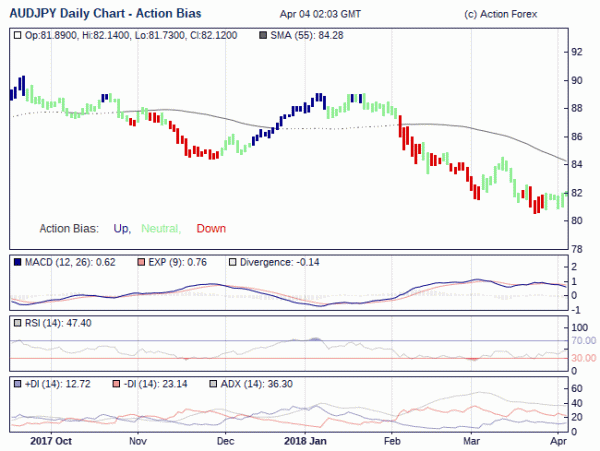
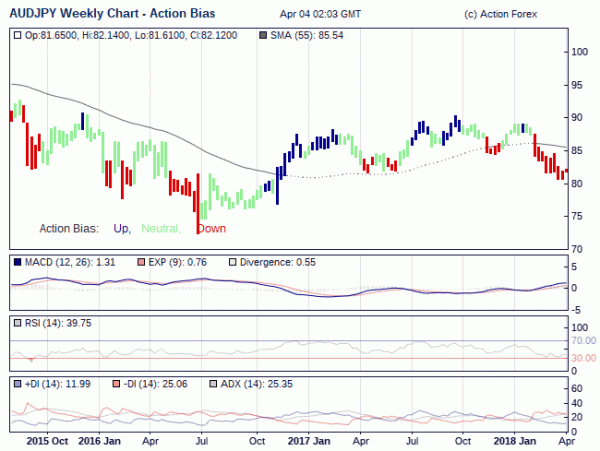
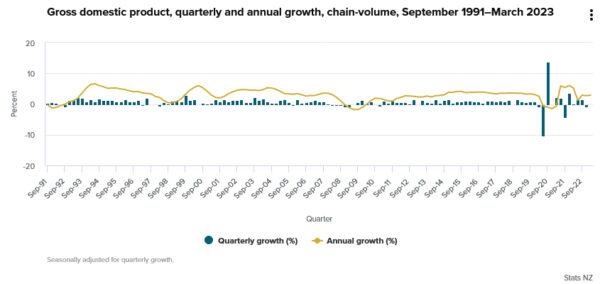
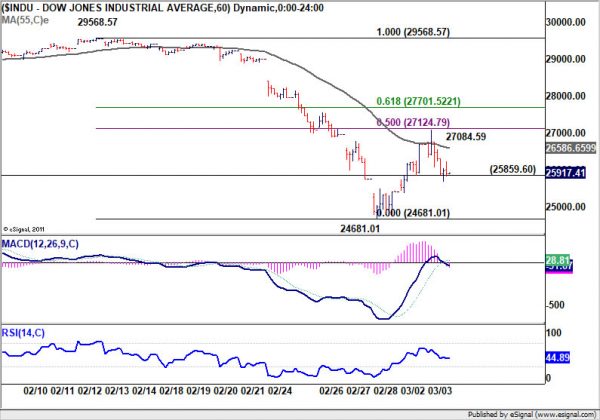
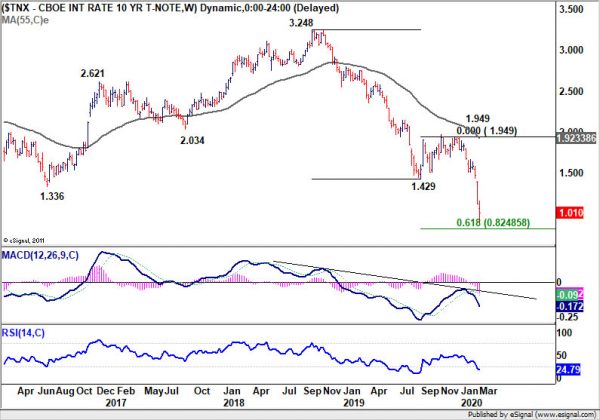





WTI oil hits 7-yr high, EUR/CAD downside breakout
WTI crude oil surged through a key resistance overnight and hit the highest level since 2014. The outage of Turkey’s Kirkuk-Ceyhan pipeline after an explosion was a factor causing concerns over supplies. In the background, there are also geopolitical issues surrounding Russia.
With 85.92 resistance taken out, WTI crude oil is resuming up trend from the 2020 spike low. For the near term, further rally is expected as long as 81.60 support holds. Next target 90 handle. But WTI could try to hit 261.8% projection of 62.90 to 73.66 from 66.46 at 94.62 before topping.
EUR/CAD followed and broke 1.4162 low to resume the down trend from 1.5991. Near term outlook will now stay bearish as long as 1.4357 resistance holds. Next target is 61.8% projection of 1.5096 to 1.4162 from 1.4644 at 1.4067. Firm break there could trigger downside acceleration to 100% projection at 1.3710.